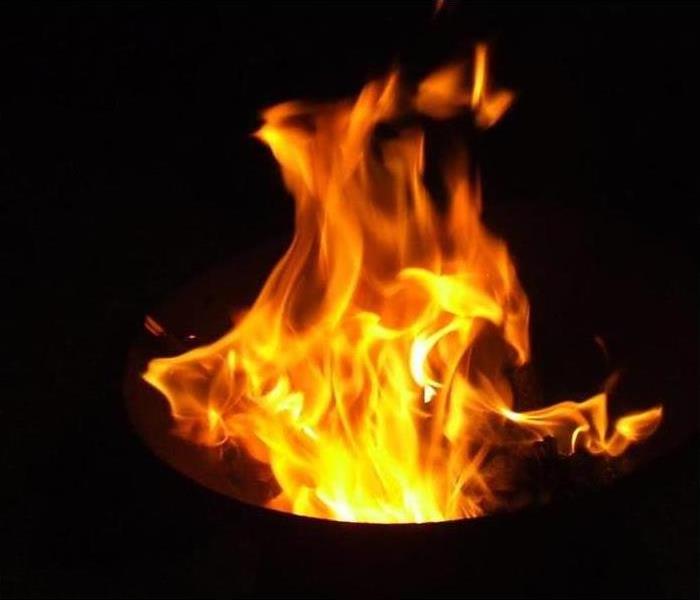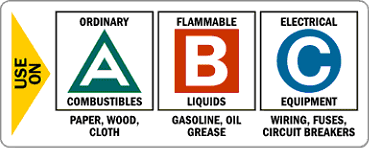

Extinguishers with plastic valves are not refillable and should be discarded after use. Fire extinguisher companies charge about $15 to refill a typical 5-pound A:B:C extinguisher, provided it has a metal valve. Same goes with any extinguisher whose pressure gauge slips out of the green zone into red over time. Whenever you have used an extinguisher, whether or not it is completely empty, you must replace it or refill it right away. Sweep the source of the flames until the extinguisher runs dry.Squeeze the trigger and hold it, keeping the extinguisher upright.Aim the chemical at the source of the flames rather than at the flames themselves, standing at least 6 feet from the fire (or as directed on the extinguisher's label).
#Class fires abcd how to
To help you remember how to use an extinguisher, use the acronym PASS: That way you can fight the fire with your back to the door and make a quick escape if flames get out of control. Keep extinguishers where you can see and reach them easily, near the room's exit. Check with your fire department to see if they offer homeowner training. Courtesy First Alert How to Use a Fire Extinguisherįire safety experts advise you to learn how to use an extinguisher before an emergency arises. The C designation carries no number it just means the extinguisher's chemicals won't conduct electricity.įirst Alert FE3A40 5-pound fire extinguisher with a 3-A:40-B:C rating, about $40. So an extinguisher with a 4-A rating is more effective on ordinary combustibles than a 2-A one. The higher the number, the greater the effectiveness (and likely the higher the price). The numbers, assigned by Underwriters Laboratories, tell the extinguisher's relative effectiveness against each type of fire, regardless of its weight or the chemical it uses. In the fine print on the label, these letters are preceded by numbers - for example, 3-A:40-B:C - which are the extinguisher's classification rating. A is ordinary combustibles like wood, paper, and cloth B is flammable liquids, such as gasoline or cooking oil and C is live electricity. Courtesy of the National Fire Protection Association Classes of Fires and RatingsĮvery household extinguisher is labeled A, B, or C, which tells you the types of fires the extinguisher is effective against. In the fine print, the higher the number preceeding each letter, the greater the extinguisher’s effectiveness against each type of fire. Leave it to the pros to decide if it's really out.Įvery household extinguisher is labeled A, B, or C. Even if you think you've put out the fire on your own, don't cancel that emergency call. Make sure everyone in the family knows how to get out in a hurry, where to meet outside, and how to call 911. But no matter how many you have, nothing can substitute for the most important safety tool: a fire plan.


The National Fire Protection Association ( recommends an extinguisher for each floor. A rechargeable one will cost more, but refilling it once the pressure gauge shows that use or time has depleted the contents is still less expensive than buying a new disposable one. (The weight on an extinguisher refers to the amount of chemical inside the canister adds several more pounds.) There's also a difference between rechargeable extinguishers, with metal valves, and disposable ones, which have plastic valves. In most cases bigger is better, but sometimes the biggest extinguishers are too heavy to maneuver. The main distinction among home extinguishers is size. Here’s a critical guide to knowing the different types and sizes of fire extinguishers as well as how to use them and recharge them. Many of the ones sold at home stores are classified A:B:C and fight all three types of fires. Placed near an exit, in an easy-to-grab spot, it can put out a small fire before the firefighters arrive, or at least suppress the flames while you escape.Īll household extinguishers are classified A, B, or C (or a combination of these) on the label to indicate which types of fires-ordinary combustibles, flammable liquids, or electrical-you can use them on. A home fire extinguisher can be a lifesaver.


 0 kommentar(er)
0 kommentar(er)
